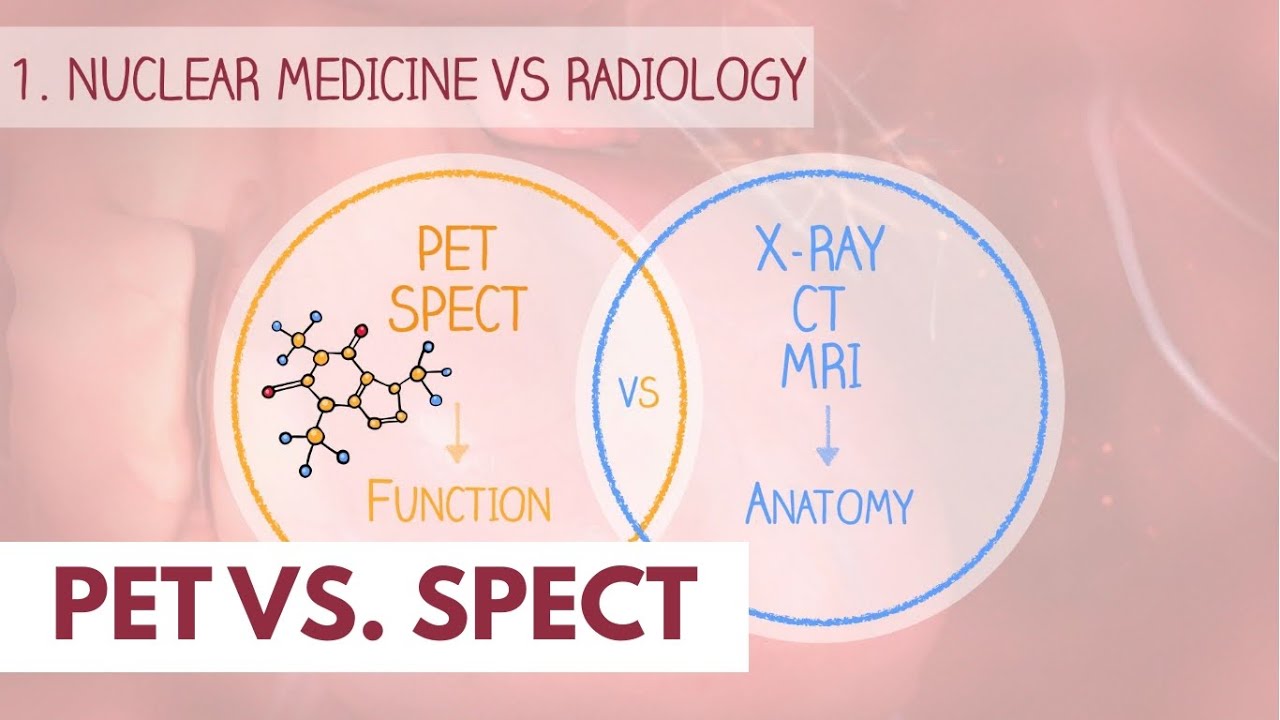Positron Emission Tomography | PET
Summary
TLDRThis video provides a detailed guide on preparing for and undergoing a Positron Emission Tomography (PET) scan, a key diagnostic tool used for detecting cancer, monitoring treatments, and examining other medical conditions. It covers essential pre-test instructions, such as fasting and avoiding intense exercise, the step-by-step procedure during the scan, and post-test care. The video emphasizes the importance of following all instructions carefully to ensure accurate results, while reassuring patients about the safety and minimal risks associated with the procedure.
Takeaways
- 😀 Fasting is required before a PET scan; no food, drink, or even gum. Follow all specific instructions given by the clinic.
- 😀 Bring your list of medications, hospital cards, insurance information, and any documents or CDs your doctor provided.
- 😀 Inform the reception or technologist if you are pregnant, breastfeeding, claustrophobic, or unable to remain still for the duration of the scan.
- 😀 PET scans use a radioactive tracer to generate detailed images of the body, primarily to detect cancer, metastases, and monitor treatments.
- 😀 The PET scanner consists of two rings that do not move, only the table you lie on moves in and out of the machine.
- 😀 A small catheter will be inserted into your vein for the injection of a radioactive tracer, which is typically a non-allergenic substance.
- 😀 After the injection, there is a 60-minute waiting period during which you must drink plenty of water and use designated washrooms.
- 😀 During the scan, you'll need to lie completely still on the examination table while the machine captures detailed 3D images.
- 😀 The test takes about 2 to 4 hours in total, though the imaging part of the scan lasts only about 20 minutes.
- 😀 After the test, you can resume normal activities, but avoid close contact with pregnant women and children for up to 12 hours.
- 😀 The radioactive substance used in the test is eliminated by your body within 12 hours, and you should drink plenty of fluids during this time to speed up the process.
Q & A
What is the main purpose of a PET scan?
-The main purpose of a PET scan is to obtain images of the body using a radioactive tracer to study organ function, detect cancerous tumors and metastases, and monitor treatment effectiveness. It is also used in cardiology, neurology, and for infectious diseases.
What should a patient bring with them to a PET scan appointment?
-A patient should bring their list of medications, hospital and health insurance cards, and any documents or CDs provided by their doctor. They should also inform the staff if they are pregnant, breastfeeding, claustrophobic, or unable to lie still for the procedure.
What precautions should be taken prior to the PET scan?
-Patients must fast (no food or drinks, including gum and lozenges) before the test, refrain from intensive exercise for 24 hours prior to the exam, and follow any specific instructions given by the technologist regarding preparation, including blood sugar management.
What is the role of the radioactive tracer in a PET scan?
-The radioactive tracer, typically a sugar called fluodeoxyglucose, is injected into the body and is absorbed by cells, especially abnormal cells like cancerous ones. It emits light detectable by the PET machine, allowing for detailed imaging of the body's organs and functions.
How long does the PET scan procedure take?
-The actual imaging part of the PET scan lasts about 20 minutes, but the entire procedure, including preparation and waiting time, may take between 2 to 4 hours.
What should a patient do during the imaging part of the PET scan?
-The patient must lie perfectly still on the PET scan table while the machine takes 3D images. The technologist will be able to monitor the patient from a control room and communicate through a microphone.
What happens if a patient moves during the PET scan?
-If the patient moves during the scan, the images may be compromised, and the procedure will need to be repeated to ensure accurate results.
What should a patient do after the PET scan?
-After the PET scan, patients can resume normal activities, including eating, working, and driving. However, they should keep a distance of at least 1 meter (3 feet) from young children and pregnant women for 12 hours, and drink plenty of water to help eliminate the radioactive substance.
Is it safe to undergo a PET scan?
-Yes, PET scans are safe. The amount of radiation used is similar to what one would experience during a routine X-ray, and the radioactive tracer is eliminated from the body relatively quickly through urine.
What are the potential side effects of a PET scan?
-Side effects from PET scans are very rare. The tracer is non-allergenic, and most patients experience no negative effects from the procedure.
Outlines

Esta sección está disponible solo para usuarios con suscripción. Por favor, mejora tu plan para acceder a esta parte.
Mejorar ahoraMindmap

Esta sección está disponible solo para usuarios con suscripción. Por favor, mejora tu plan para acceder a esta parte.
Mejorar ahoraKeywords

Esta sección está disponible solo para usuarios con suscripción. Por favor, mejora tu plan para acceder a esta parte.
Mejorar ahoraHighlights

Esta sección está disponible solo para usuarios con suscripción. Por favor, mejora tu plan para acceder a esta parte.
Mejorar ahoraTranscripts

Esta sección está disponible solo para usuarios con suscripción. Por favor, mejora tu plan para acceder a esta parte.
Mejorar ahoraVer Más Videos Relacionados

PET scan | How Does a PET Scan Work? | Clinical application of PET scan | #biomedicine series

Radiopharmaceuticals - a key component of nuclear medicine

PET vs. SPECT scan | Dr. Paulien Moyaert

Teknologi Nuklir Untuk Kesehatan

What is Nuclear Medicine | Dr. Paulien Moyaert

PET vs SPECT | The basics (Updated video)
5.0 / 5 (0 votes)
